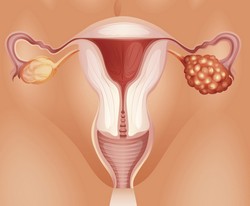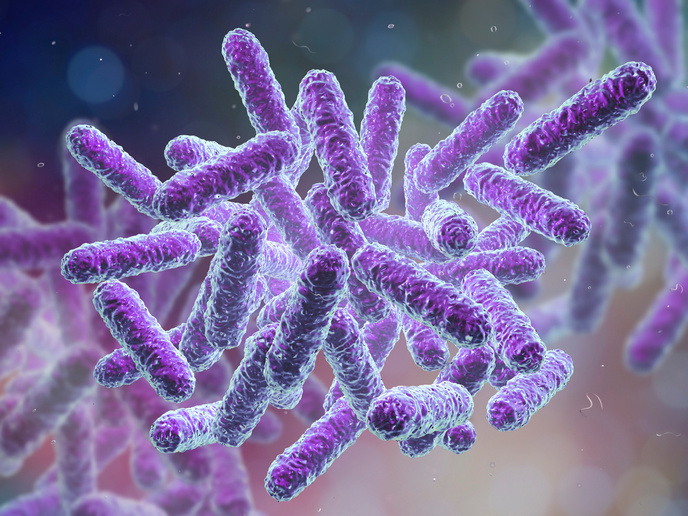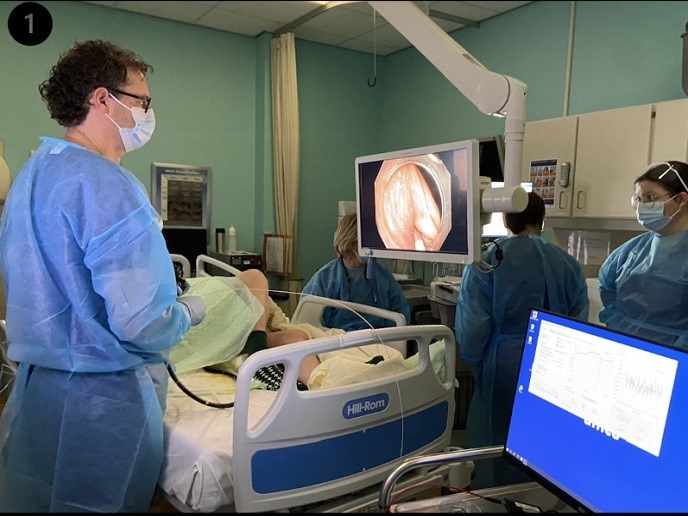BRCA2: two sides of the same coin?
Emerging evidence indicates that in nearly 10 % of the cases there is a genetic predisposition to ovarian and breast cancer. Half of these occur mainly via mutations in the tumour suppressor BRCA2, which is required for homologous recombination during the repair of double-stranded DNA breaks. In addition, BRCA2 participates in cell cycle control or meiotic recombination. Any defect in BRCA2 can lead to uncontrolled cell replication, genomic instability and ultimately carcinogenesis. Many BRCA2 missense mutations identified in families at high risk of breast cancer do not have a defined clinical significance. Scientists on the EU-funded DISSECTING BRCA2 (Dissecting the role of BRCA2 in the DNA damage response and exploiting its parts for anticancer therapy) project set out to investigate the mechanisms that trigger cancer formation in a mutated BRCA2 background. To unveil BRCA2 functions, researchers had to overcome the challenges associated with the high sequence variability of BRCA2 protein and the limited information on its structure. They discovered that under DNA damage conditions, the N-terminal region of BRCA2 interacted with various proteins implicated in DNA repair, chromatin remodelling, cell cycle regulation and RNA binding proteins. In addition, BRCA2 interacted directly with DMC1, the homolog of RAD51 recombination protein in meiosis, thereby unveiling a novel role in the regulation of meiotic and mitotic recombination. From a therapeutic perspective, inhibitors against these interacting partners of BRCA2 could serve as adjuvants for anti-cancer therapy. Partners also investigated the impact of various missense mutations that lead to unclassified BRCA2 variants. Through a comprehensive functional approach, they studied the impact of these variants on correct DNA repair and survival. Collectively, a better understanding of BRCA2 functions would help define the specific molecular signature of inherited breast cancer and offer appropriate genetic counselling to patients. Furthermore, the newly identified targets of BRCA2 function could contribute to the development of novel personalised therapeutic interventions.







